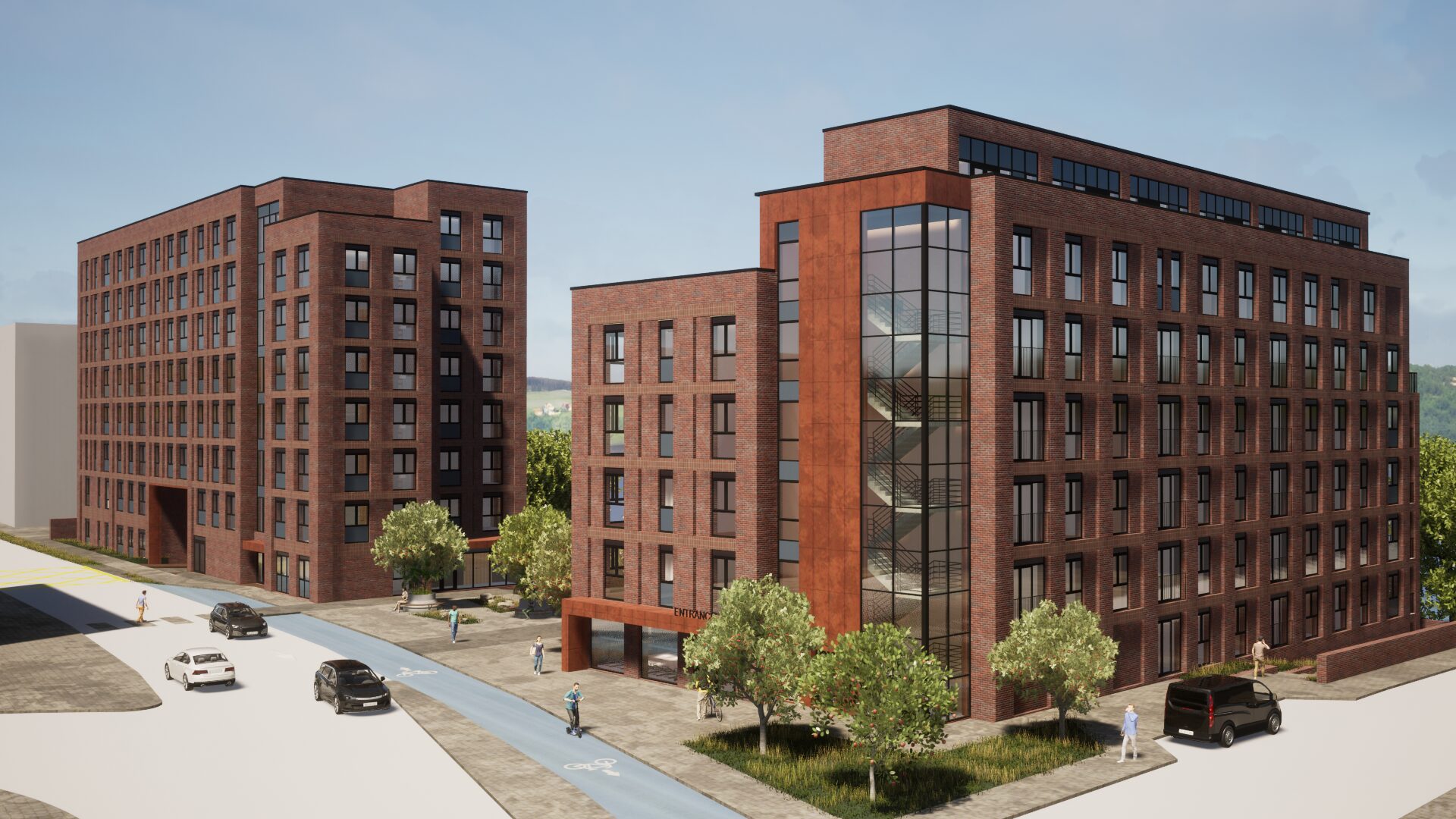Commentary
Tips for handling the Building Safety Act
Navigating the Building Safety Act’s required Gateway 2 applications can be intense and time-consuming. Here is a look at what we’ve learned from the process, writes Victoria Millward of Paddock Johnson.

Victoria Millward is director at Paddock Johnson
Having just submitted our first Gateway 2 application to the Building Safety Regulator (BSR) for two new high-risk residential buildings, we now hold our breath and wait to see if our interpretation of the new requirements aligns with the regulator’s expectations.
At Paddock Johnson, we took proactive steps to understand the implications of the Building Safety Act well before October 2023. We dedicated countless hours to studying legislation, guidance documents, and reports as well as participating in courses, webinars, and seminars. Despite our efforts, we were surprised to encounter numerous grey areas and significant room for interpretation.
With no pre-application service available with the BSR, and email enquiries left unanswered, we often found ourselves in the uncomfortable position of advising our clients that ‘we just don’t know’ or ‘it isn’t clear’ in response to their queries regarding the new legislation and its application on their project.
From straightforward questions about the submission process on the new government website to fundamental strategic inquiries regarding how the Gateway 2 process integrates with design and build procurement, the lack of clarity has left our team feeling like guinea pigs navigating a hastily implemented system.
While we wholeheartedly support the aims of the legislative changes and welcome a new era of collaboration and accountability, more guidance on the practical aspects of implementation would have been immensely beneficial.
A significant uncertainty lingers regarding the information level the BSR will accept to validate and approve a Gateway 2 application, especially since very few new-build applications have been approved.
Following the introduction of The Building Regulations etc. (Amendment) (England) Regulations 2023, the messaging was straightforward: applications needed fully detailed designs demonstrating compliance with all areas of the Building Regulations. However, this clarity soon gave way to ambiguity, particularly concerning specialist subcontractor-designed elements, which typically aren’t finalised until construction is underway and orders are placed.
As the messaging relaxed, it acknowledged that not all details might be available at Gateway 2, yet it provided no clarity on what would be deemed acceptable. Some suggested that providing life-safety critical elements, such as structure and fire safety, were fully detailed, other information could follow. Others proposed that a performance specification demonstrating compliance could suffice, allowing subcontractor design to be addressed through change control applications. Ultimately, the absence of a definitive answer complicated our ability to advise clients on what specialist designs to procure ahead of the main contract.
Throughout the preparation of our Gateway 2 application, our team dedicated significant time to discussing the requirements, sharing insights on the legislation, and deliberating on the implications for the project at every stage.
While the lack of clear guidance was frustrating, it may have inadvertently fostered greater collaboration, communication, and coordination among team members which otherwise would not have happened. Perhaps that was the intent all along – to encourage teams to work together to navigate the uncertainties.
Now that we have reached this milestone, we are taking the time to reflect on our experiences and lessons learned for the future:
- Allocate sufficient time and resources: Compiling a Gateway 2 application requires significantly more effort compared to a standard building regulations application.
- Coordination is key: More coordination time is needed at Stage 4. Designs should be coordinated to the construction-issue level to minimise the risk of change control applications post-Gateway 2 approval.
- Initiate discussions early: Start early conversations about the additional documents required, such as the Competence Declaration, Construction Control Plan, and Mandatory Occurrence Reporting Plan, as these are substantial undertakings requiring input from all key duty holders and should be live documents which evolve through the process.
- Ask more questions: Be prepared to challenge other designers, requesting further details to ensure robust evidence of the route to compliance, don’t assume anything!
By reflecting on these experiences, we aim to better navigate the complexities of future applications and continue to support our clients effectively.
- Victoria Millward is a director at Paddock Johnson.
Email Victoria: Victoria.Millward@paddockjohnson.com






PNW – good article in starting to outline the challenges with the BSA. The implications for the development are very significant with the time delays associated with the Act having a major impact on the financing of any scheme. This brings viability issues to the surface (and obviously in residential developments an impact on contributions towards affordable housing). Can you bring together Renaker, Salboy, Vita Group, Moda and any other promote of residential schemes to offer an insight on how they are seeing the implications of the BSA on their business model.
By Anonymous